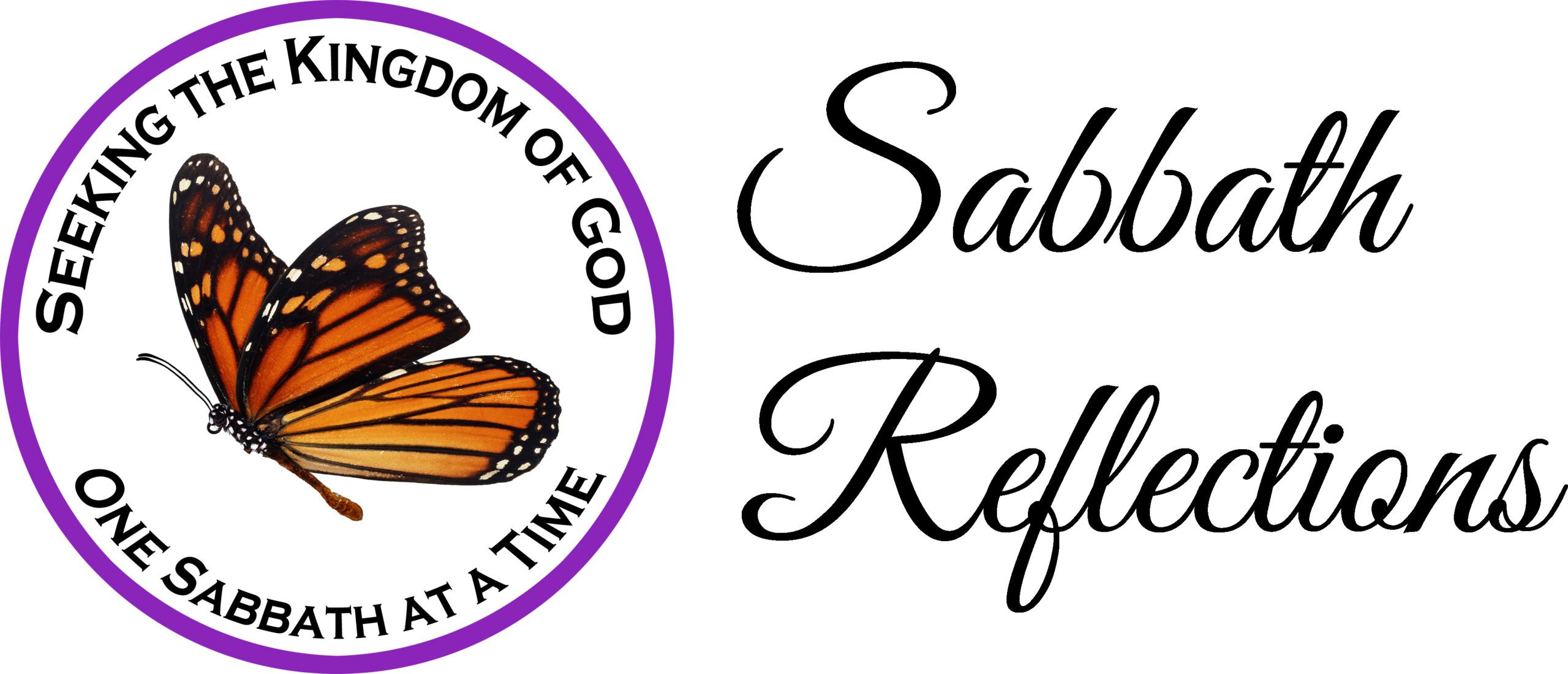SABBATH THOUGHT 2023-05-20—SIGN OF CHRIST’S BIRTH (& DEATH)
May God bless you on His Sabbath day!
Over 2,000 years ago, around the time that people were keeping the latter holydays (Trumpets, Atonement, and Feast of Tabernacles), a child was born in Bethlehem. He was the very son of the Most High God! His birth was announced by the heavenly angels because this child was born to be the prophesied Savior of mankind. That proclamation was followed by great rejoicing in the heavens that was heard and witnessed by men:
LUKE 2:8-11 Now there were shepherds in the same country, who were dwelling in the fields and keeping watch over their flock by night; 9 And suddenly an angel of the Lord stood by them, and the glory of the Lord shined round about them; and they were seized with great fear. 10 But the angel said to them, “Do not be afraid; for behold, I am announcing to you glad tidings of great joy, which shall be to all people; 11 For today, in the city of David, a Savior was born to you, Who is Christ the Lord.
But back up and look at Luke’s record of the events leading up to Christ’s birth:
LUKE 2:4-7 And Joseph also went up from Galilee, out of the city of Nazareth, into Judea, to the city of David which is called Bethlehem, because he was from the house and lineage of David 5 To register himself along with Mary, who was betrothed to him as wife, and was great with child. 6 And it came to pass that during the time they were there, the days were fulfilled for her to give birth. 7 And she gave birth to her son, the firstborn, and wrapped Him in swaddling clothes, and laid Him in a manger, because there was no place for them in the inn.
Verse 7 is interesting because the swaddling clothes and the manger were mentioned by the angel who spoke to the shepherds:
LUKE 2:12 Now this is the sign for you: you shall find a babe wrapped in swaddling clothes, lying in a manger. 13 And suddenly there was with the angel a multitude of the heavenly host praising God, and saying, 14 “Glory to God in the highest, and peace on earth among men of goodwill.”
Swaddle is an English word simply meaning to wrap with cloth. Swaddling cloths were commonly used in ancient times to wrap newborn infants. They were also used when someone died and swaddling cloths were especially common during long journeys, which were sometimes quite perilous. There are historical references of travelers who kept strips of cloth wrapped around their midsection under their robes so that if they died during the journey their body could protected until they were buried. The most obvious examples of swaddling cloths being used for the dead are Lazarus and Jesus[1]. Another mention is found in the apocryphal book of Wisdom of Solomon, a Jewish work written in Greek and most likely composed in Alexandria, Egypt:
WISDOM OF SOLOMON 7:4-6 In swaddling clothes and with constant care I [Solomon] was nurtured. 5 For no king has any different origin or birth; 6 one is the entry into life for all, and in one same way they leave it.
The shepherds were also told that they would find the infant in a manger. Mangers are feeding troughs for animals and the newborn Jesus was kept in one. These are not the small, flimsy, wooden boxes as seen at many Christmas displays. They were cut from stone and the inside was about 2 feet long, as seen in the picture below.

But why was there a feeding trough in or around Bethlehem? The shepherds were out in the fields with the sheep where they could graze since grasses still grew at that time of year. But the manger that Mary used was not out in the fields—it was in the village of Bethlehem. Mangers were used when the animals required food and shelter during the winter so they were not out in the fields for the obvious reason that sheep in the fields could graze. But mangers existed for another reason.
Bethlehem is a small village located about six miles south-southwest of the Temple mount. Christ’s birth was around the Feast of Tabernacles, a time when thousands of people would gather to Jerusalem from Israel and many other countries as commanded by God. Bethlehem was small, estimated to be only four square miles, with perhaps 2,000 to 3,000 residents. Jerusalem was around 100 times in size and population. Even so, the numbers of people who gathered for these holydays would have exceeded the means for all of them to stay in Jerusalem to be near the temple. As a result, they would seek inns or other places to stay in the nearby villages.
Accompanying the visitors were the animals that they brought for holyday sacrifices, so they not only needed places to stay for themselves but also for their animals. Mangers provided the solution—they were not only used by locals for their animals during the winter but they were also used during the holyday seasons by the travelers as a way to feed their animals brought for the sacrifices.
People not only gathered in Jerusalem during the Feast of Tabernacles but also during the Passover and Feast of Unleavened Bread. During the Passover, mangers served an additional function. Each lamb had to be without blemish[2] so, after the lambs were chosen on Nissan/Abib 10[3], they were washed and then wrapped in strips of cloth to prevent them from getting dirty or injured before the Passover sacrifice. As an additional precaution, many of these small lambs were kept in the feeding troughs.
Returning to the story of Jesus’ birth, read what the shepherds did immediately after hearing the sweet sounds of the multitude of voices in that angelic choir:
LUKE 2:15-17 And it came to pass, as the angels were departing from them into heaven, that the shepherds said to one another, “Let us go now as far as Bethlehem, and let us see this thing that has taken place, which the Lord has made known to us.” 16 And they made haste, and came and found both Mary and Joseph, and the babe lying in the manger. 17 Now after seeing Him, they made known everywhere the proclamation that they had been told concerning this little child.
The angel said that the SIGN of the Savior was an infant wrapped in swaddling clothes and lying in a manger. When the shepherds arrived, they saw exactly what the angel described. The sight so convinced them that they left and everywhere proclaimed that they had seen the newborn prophesied Savior! Why would this be such a significant sight and why was THE sign that of a baby wrapped in cloth and lying in a manger?
In those days, most newborn infants were wrapped in swaddling clothes after birth so this could not have stood out as a sign. In fact, verse 16 does not even mention the swaddling clothes—only the manger. So what convinced these shepherds they had found the Savior? When they saw the infant lying in a feeding trough—a MANGER! That was obviously unusual and likely the most convincing evidence. Surely the significance of that sight was not lost on them: the fact that Jesus Christ was wrapped in swaddling clothes and lying in a MANGER was the picture of a Passover lamb! What the shepherds witnessed was Jesus Christ, as an infant, lying before them as a Lamb CHOSEN by God and prepared as THE Passover sacrifice! Just like the lambs without blemish that were chosen for the Passover sacrifice, Jesus Christ was wrapped in a swaddling cloth and lying in the manger!
This is not a modern observation, either. Notice the following from two 4th century writers[4]:
From Gregory Nazianzen in his Oration 29: “He was wrapped in swaddling clothes—but He took off the swathing bands of the grave by His rising again.”
From Cyril of Jerusalem in his Lecture 15 on the Book of Daniel: “We preach not one advent only of Christ, but a second also, far more glorious than the former … For all things, for the most part, are twofold in our Lord Jesus Christ: a twofold generation; one, of God, before the ages; and one, of a Virgin, at the close of the ages: His descents twofold; one, the unobserved, like rain on a fleece ; and a second His open coming, which is to be. In His former advent, He was wrapped in swaddling clothes in the manger; in His second, He covers Himself with light as with a garment.”
Jesus Christ was chosen by God the Father to be the Passover Lamb[5] sacrificed once for all, and even His nativity pictured His death for the life of the world!
May God’s grace and peace be upon you!
Steven Greene
https://sabbathreflections.org



1 comment
Lee
**AMAZING**!! THANKS so much for sharing this Steven. Everything that God does has great purpose and deep meaning!! “For My thoughts are not your thoughts, nor your ways My ways,” says the LORD. “For as the heavens are higher than the earth, so are My ways higher than your ways, and My thoughts than your thoughts”……….(Isaiah 55:8-9) “For now we see through a glass darkly…..” (1 Corr. 13:12) It will be awesome indeed to see and understand even greater things one day!! I believe we will be in awe for all eternity!!